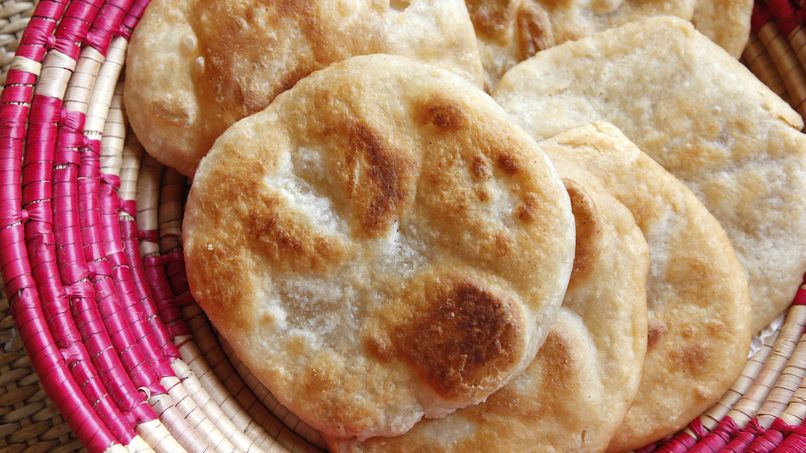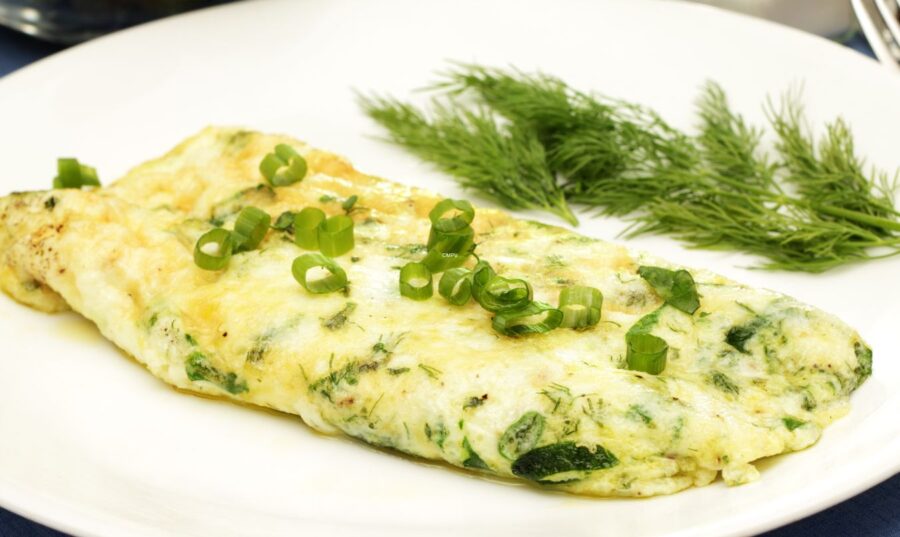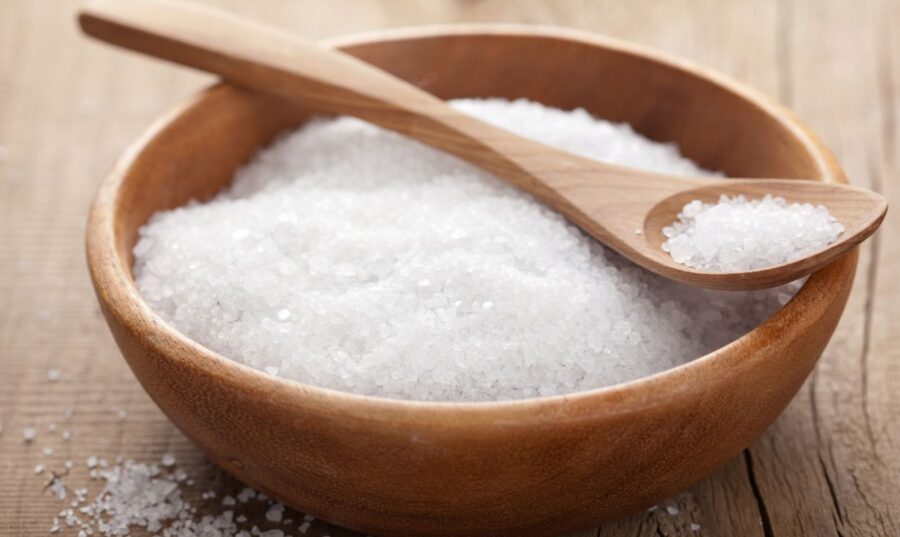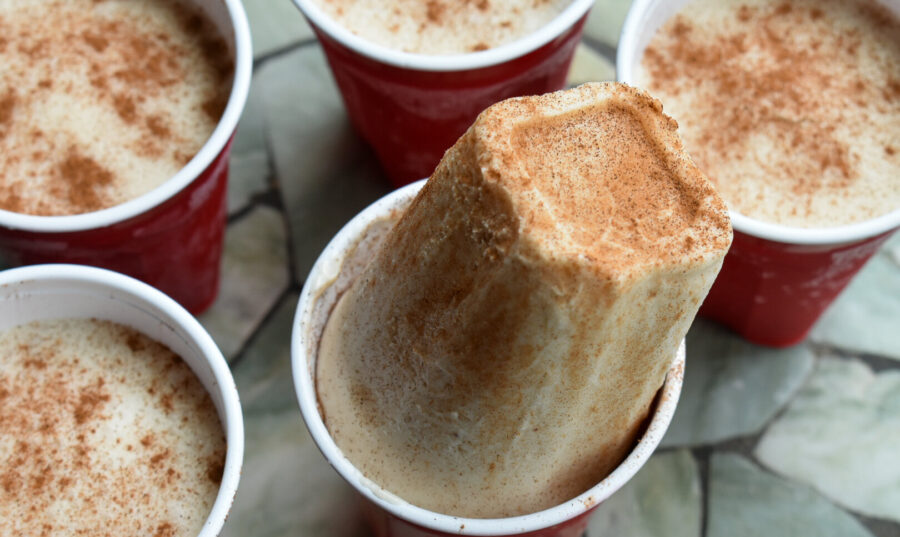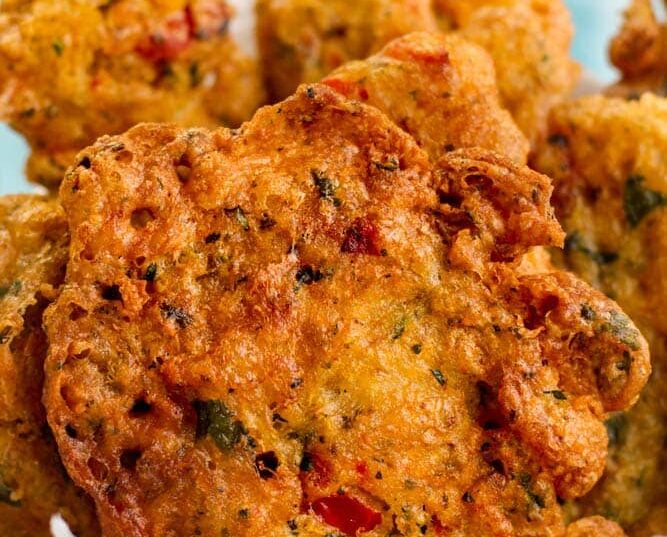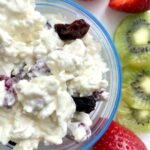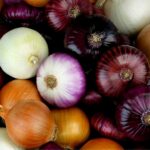|
Getting your Trinity Audio player ready...
|
Throughout history, salt has played an important economic and political role; forming part of the world's food chain. Salt has been used mainly to preserve food. In the nineteenth century, canning, freezing, and refrigerating preservation methods using salt were developed. As a result, in the twentieth century, salt consumption rose significantly. Since then, people cook with few fresh foods, more processed foods, and consume more foods outside the home; increasing salt consumption.
Table salt is granulated, fine, and 95% is sodium chloride. It is the one we use for cooking and place in the salt shakers. It is mined primarily from underground salt deposits and refined to remove most other minerals, leaving almost pure sodium chloride. Calcium silicate is added so that it does not form lumps. It can be obtained with or without iodine. Iodine is a nutrient that helps prevent goiter, a condition of the thyroid gland.
Salt in the Kitchen
Depending on the size of the salt crystals, most types of salt can be substituted for each other. If you are going to substitute sea salt for table salt (neither coarse nor flake), you can substitute one for the other in equal amounts. Most of the difference will occur when you use coarse salts. For example, coarse sea salt and kosher salts tend to have larger crystals, so if your recipe calls for a teaspoon of coarse salt, those large crystals will take up more space. A larger teaspoon holds less crystalline salt than the finest table salt, allowing you to consume less sodium.
Gram per gram of salt is salt, it is sodium chloride.
Below is the description of other types of salt:
- Grey- Typically from France, it is a wet salt. Its color is a product of the natural minerals it contains.
- Kosher- Larger and coarser grain salt, therefore, adds a crunchy texture. It has anti-glutinating properties, which does not allow it to stick to the container.
- preserved (pickling)- fine-grained salt used to make the brine in cabbage and pickles. It does not have iodine or anti-glutinating properties, so it sticks to the container over time.
- of rock- large pieces of salt crystals used to make shortening and to serve clams and oysters. It is generally inedible and is not recommended for use in recipes since it has impurities dangerous to human health.
- of sea- salt produced by the evaporation of seawater. It can be fine grained or large crystals. It is less refined than table salt so it has certain amounts of other minerals. The minerals give it different flavors, textures and colors.
- Kala Namak or Himalayan black salt It is a mining salt from India and is sold in coarse and fine grain. It undergoes a cooking process that allows the sulfur compounds in the food to come out, giving it a special flavor.
- Maldon (from Maldon)- salt used as seasoning. It comes from the estuary of the Blackwater River, in Maldon, England. Its production is artisanal and laborious, forming soft flake-shaped crystals.
- Black- mainly from Hawaii, collected manually on the island of Molokai. It is mixed with active charcoal and purified.
- Popcorn- fine grain salt that adheres well to popcorn, chips and chips. It is the same table salt, but much finer.
- Pink- mineral salt mined in the mountains of Pakistan. It is in the form of crystals and 98% is sodium chloride. Its color is due to the place where it is extracted, but it has the same salty flavor.
- Seasoned or spiced- salt with herbs and other added flavors such as celery, garlic and onion. It has a little less sodium than table salt, but more sodium than unsalted herbs alone.
Salt Lite y Sustitutos de Sal
The salt lite It has 50% sodium chloride and 50% potassium chloride. That is, it has 45% less sodium than table salt. Salt substitutes are made by replacing some or all of the sodium with potassium, magnesium, or another mineral. It is a replacement for table salt and is recommended for people on a controlled sodium diet such as those with high blood pressure.
Curiosities. The salt of palung Balinese is made using methods that date back 1,000 years. Farmers carry seawater from Bali's beaches on their backs daily to start the process. They evaporate water in a traditional way using coconut tree trunks (palung).
In short, salt lite and salt substitute, are the only types of salt that contain little or no sodium compared to table salt. The other salts have almost the same amount of sodium as table salt. The main differences are in the flavor, size and shape of the grain, color, manufacturing process, odors produced when cooking, natural minerals that remain and additives present such as iodine.

